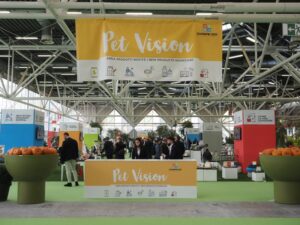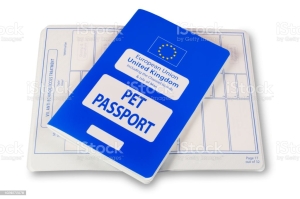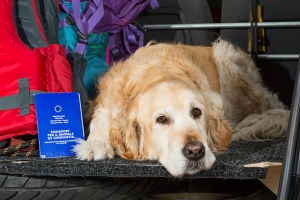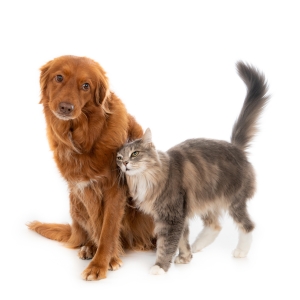We continue our Travelling with pet!
This time we travel by ferry or boat.

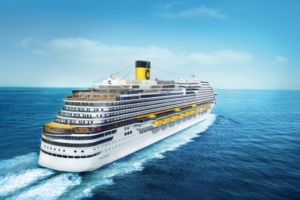
First, let’s report to the port for check-in one hour before boarding.
In this time focus on your pet to make him walk or to make him do his business or play so that he can travel in peace, but keep in mind that usually the waiting areas for boarding are without shadow.
So:
- If you are travelling with a feline pet, be sure to shade the crate.
- Find, if available, a shaded area waiting for boarding to relax your pet and especially not to make it hot.
- Prepare everything you need to take on board with you, below you will find a list of things to take to avoid being unprepared!
We have reached the moment of boarding in the hold, this phase is very delicate and we need to be quick because the operators must complete certain procedures, make sure to load all the cars and respect the departure time.
Do not forget that we are with our pets and that the employees will make you park the car very close to another to make the best use of the space available in the hold, so be sure to unload the pet in the crate before it is difficult to do so.
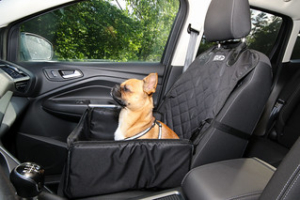
Also in the holds there is a terrible din between the noises of the engines roar , loud noises of hardware and the closures of the watertight compartments inside the hold. All these noises for our pet can cause fear, agitation and discomfort.
Try to quickly leave the hold and do not forget your personal belongings!
Now, let’s talk about the things to take with you to ensure the pet a fairly comfortable journey:
- Drinking water, in ferries it is always not recommended to drink the water of the cisterns and often you will see near the sinks the specific “non drinking water”.
- Bowl for food and water.
- Wet wipes for every need.
- Bags for manure and a portable litter box including sand.
- Scottex.
- Pet toys and pet games.
- A portable USB fan to charge comfortably in the car.

At this point we are finally on board!
Remember that our bau bau should always be kept on a leash and if it can not enter the common areas and not even in the cabins this trip will become uncomfortable because you will be either in the sun or in the cold on a bridge so we recommend you equip yourself with a large pareo to create shade in summer and you can go to the areas where there are lifeboats or in winter with sleeping bags to stay close to your pet.
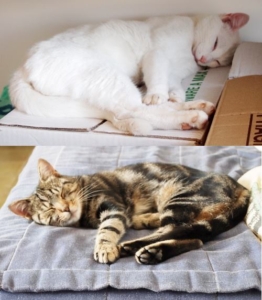 If you decide to house your pet in a cage/ kennel, equip it with a bowl of water and pareo for shade in case it is outside, finally one of his favorite games.
If you decide to house your pet in a cage/ kennel, equip it with a bowl of water and pareo for shade in case it is outside, finally one of his favorite games.
If your pet is territorial, leave a note with warnings to avoid trouble.
If you travel with your pet in the cabin you are more than serene!
If the boarding operations are fast, with the docking operations prepare for a long process.
Avoid the rush to get to your car, you will not stand by and wait with your pet crushed by other people to get you there first!
Obviously you don’t even have to delay too much because your car will block the others!
Get off when you see that the other passengers have run out.
When you are in the hold you can not stay with the engines running in the hold so give a drink to your pet and wave a newspaper or a shirt to ventilate them, in this case the ideal is the portable fan.
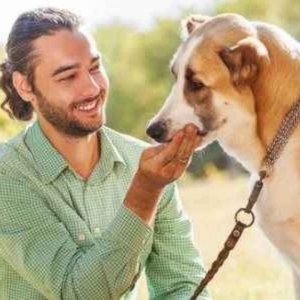
It’s time for the landing!
Get out of the hold, all windows down!
As soon as possible make a stop to relax, unpack and refresh your pet.
Have a nice trip!
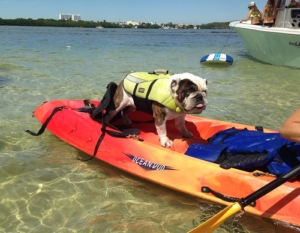
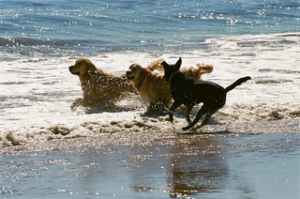

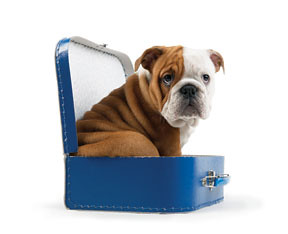
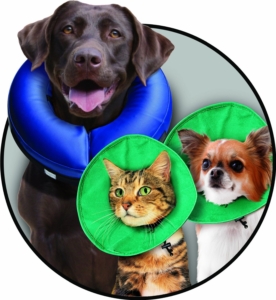
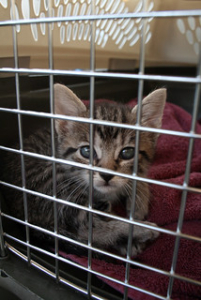
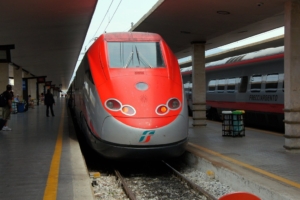

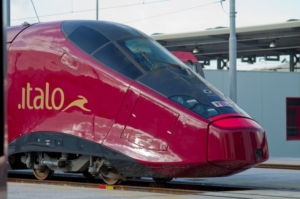
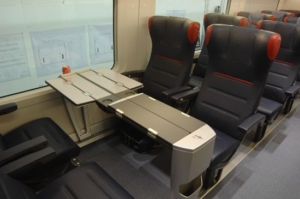
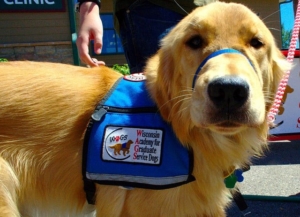

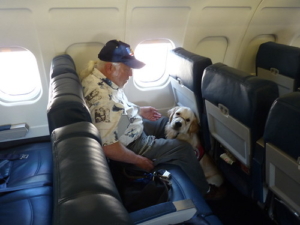
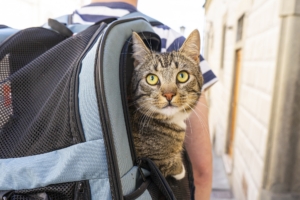
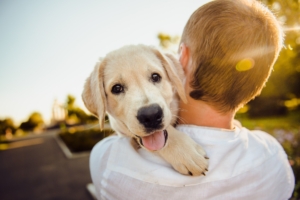
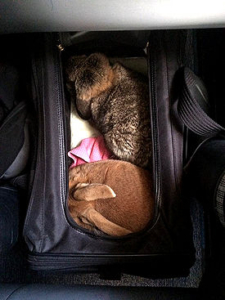

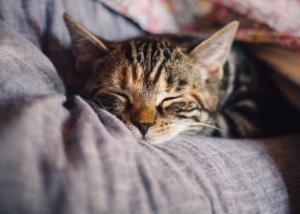 Space is limited and your pet could get impatient: it’s time for turbo cuddles!
Space is limited and your pet could get impatient: it’s time for turbo cuddles!

